Overwatch Actress Anjali Bhimani Talks Symmetra, D&D, and Making Art For Herself
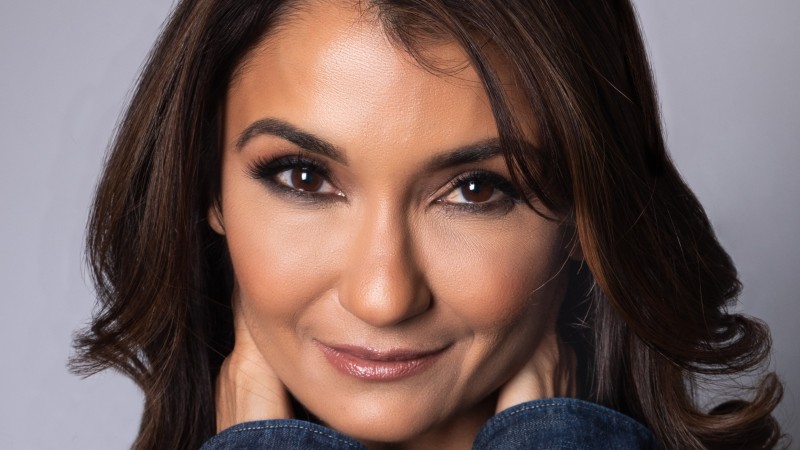
From theater productions on and off Broadway to TV shows like Ms. Marvel, actress Anjali Bhimani has done a bit of everything, but readers of Game Informer most likely recognize her work voice acting in video games. She’s best known as Symmetra in Overwatch, which is a game role many young voice actors would strive their entire careers to get. Bhimani lucked out; it was the first time she ever acted in a game.
“All I knew is I’m doing the new game for Blizzard,” Bhimani says. “And I knew that Blizzard was, you know, no slouch. They’ve done a lot of really cool things before, so chances were this was gonna be really cool. But I had no idea. I don’t think anyone really did.”
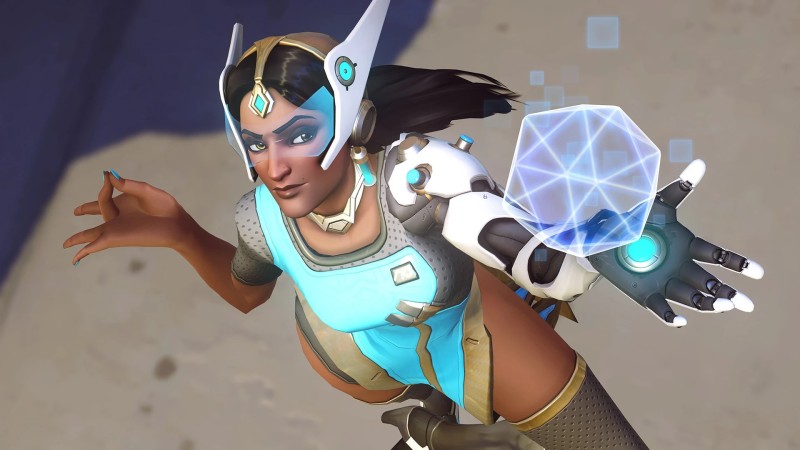
Symmetra in Overwatch
While Symmetra was originally crafted by a room of writers, Bhimani does say there was an element of collaboration between her and the creative team as they figured out Symmetra’s voice. She likened it to her time in theater – the early sessions spent building the character were like a rehearsal period. Months later, when the game launched, it was like opening night.
The rest is history. Overwatch became a huge success, thanks in large part to its colorful cast of now-iconic characters voiced by excellent voice talent. Bhimani found a lot of success in this niche, but why did it take her two decades to enter the scene in the first place?
“I was a gamer from a very early age,” she recalls. “And then there was a period of time that I refer to as ‘the dark days of gaming’ when I was like, ‘I should be more serious and not into games.’ I don’t know why I ever did that.”
Overwatch’s reception from its newfound massive community encouraged Bhimani to engage with the medium in earnest again. Since then, she’s been able to appear in all sorts of games, including Apex Legends (where she plays Rampart) and NPCs in Marvel’s Spider-Man 2, Starfield, and Diablo IV.
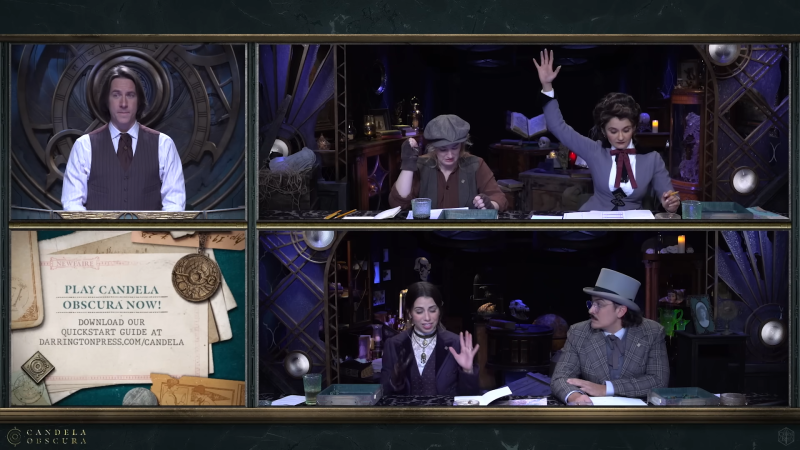
Bhimani volunteers to roll during an episode of Candela Obscura
This re-entry into the world of games wasn’t limited to the screen, however. After encountering Critical Role stars Matt Mercer and Marisha Ray at an Overwatch meetup, Bhimani professed her love for Dungeons & Dragons, which she’d played as a child. She did a rundown of her history for me, as well.
“My brother, in one of his many moments of genius, gifted me a basic set when I was eight, and I fell in love with it,” she tells me. “So I did the first, like, solo adventure in the book. And I was like, ‘Wait, that’s it? I need more. I want to do more.’ So I bogarted his second edition books, devoured them, [and] started playing with friends in school. And that was pretty much that; it was it off to the races, you know? We would play as often as we could.”
Post-high school it was harder for her to find a group, especially in an era where the game wasn’t as mainstream as it is now. But upon meeting and befriending Mercer and Ray, Bhimani had found a group to play with again, eventually collaborating with them years later. Her return to tabletop RPGs was just like her return to video games in two ways: she returned as a performer, doing actual play one-shots and miniseries, and now that she was back, she wondered why she ever stopped playing in the first place.
After a few years playing at tables for both Critical Role and Dimension 20, two of the biggest D&D shows out there, Bhimani and some colleagues made the move to start their own show: DesiQuest. It’s a simple concept: a story set in a South Asian-inspired fantasy world told by an entirely South Asian cast. Bhimani says she first heard the pitch from Jasmine Bhullar, a dungeon master in the space, years before the project was formally in the works.
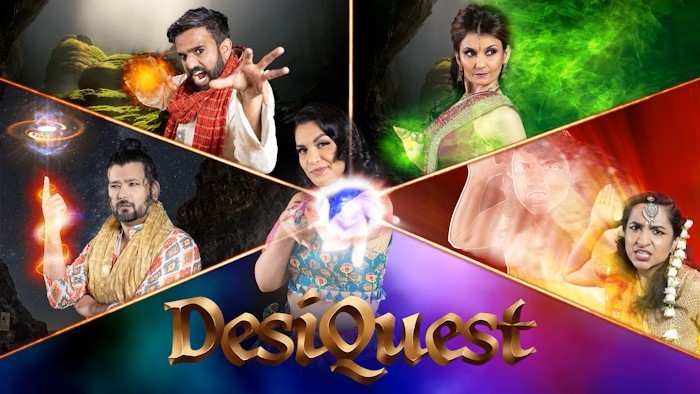
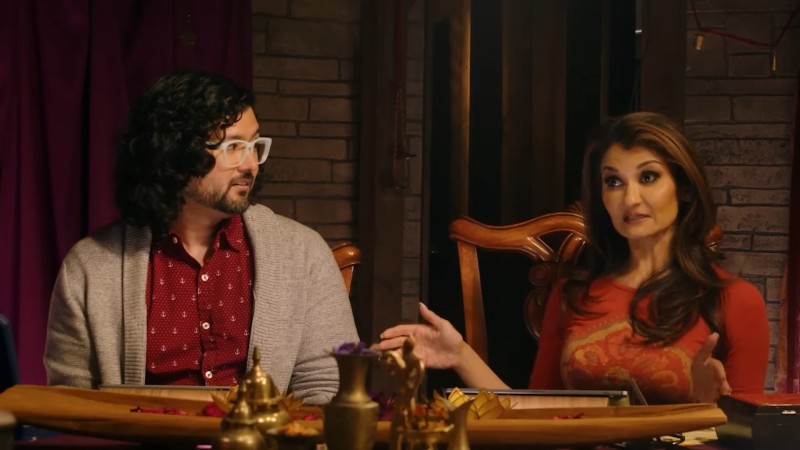
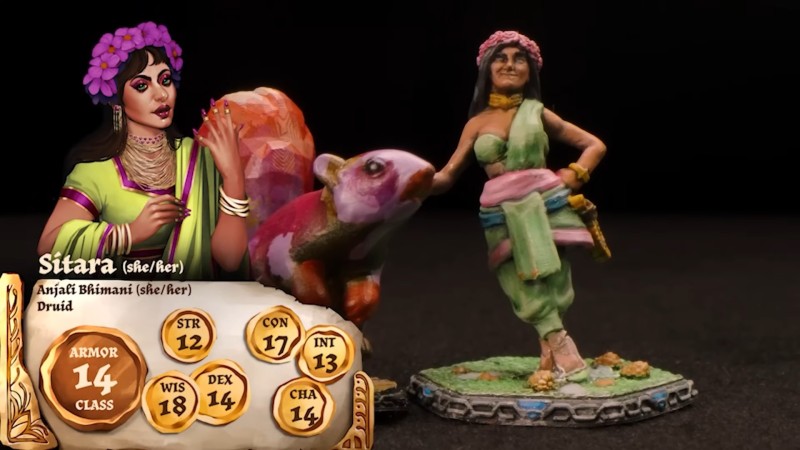
“When I first met Jasmine, we were doing a one-shot for Critical Role, and she said, […] ‘You know, getting to play with another Indian person is so rare. I really wish that we could sit at the table with all Indian people and do something like that.’ I was like, ‘Dude, sign me up.'” Unfortunately, the pandemic hit, and the project was put on hold. A few years later, she was contacted by producers Sandeep Parikh and Anand Shah to see if she would be interested in joining the project. “They were starting to pitch it to me,” Bhimani laughs. “And I was like, ‘Oh, I said yes to this years ago before you got involved, like yeah, let’s go.'”
All of these recent projects create a bit of a theme with Bhimani’s recent career, and it’s one she’s well aware of. She says in recent years, she’s learned to ask herself, “Hey, are you creating art just because it’s what other people want, or are you creating what you want to be creating?”
“It’s a weird conundrum to be,” she continues. “There’s this weird paradox. Because on one hand, you have to create things that you want to create, regardless of what other people think. But on the other hand, you also want to create things that people are actually going to see and take in and enjoy.
“I think the inspiration to create something is so pure, and [you should find] a way to make sure that, while you are making it for other people, you are not molding it into a shape just because you think that’s what they want to see.”




